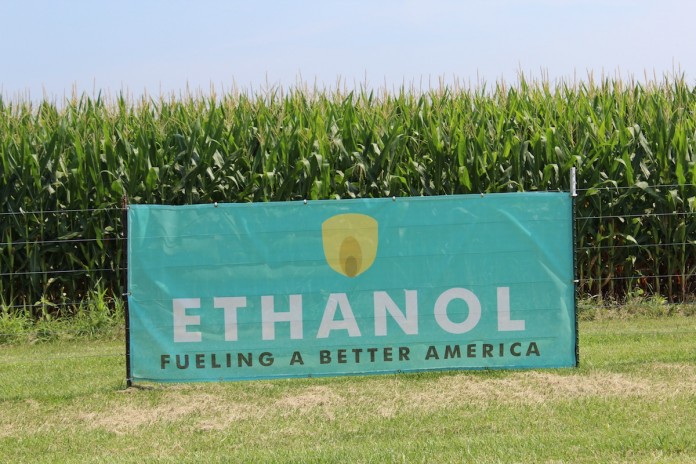We all have to love ethanol in the farming business these days. Yes, it used up a lot of acres of corn ground and ran up input costs, but we now produce more corn for uses other than ethanol than we did before ethanol, and we keep coming up with reasons to like ethanol.
The public has struggled with articles criticizing using food for fuel, not mentioning the other products from ethanol distillation, especially dried distillers grains with solubles.
We are entering a period of greater biofuel production and use. Plants are being built in this country right now that will produce aviation fuel from corn. Bio diesel is taking off.
New fuel
Now comes E15. President Joe Biden went to a Poet plant in Iowa recently to announce his waiver on E15 use in the summer months. This should help gasoline prices, as E15 is a dime cheaper than E10. It is also supposed to lesson demand from abroad for crude oil, reducing prices. The truth is not so plain.
It was President Donald Trump who first OK’d E15 for use all year round back in June 2019. Unfortunately, in July 2020, a federal court ruled that the vapor pressure rule that applied to E10 did not apply to E15, so E15 was out for the summer months.
Since then, bipartisan bills have been introduced in Congress to get past the regulations and make E15 permanent and year-round. The problem would be the bipartisan part — none have made it out of committee, according to an extensive article from Progressive Farmer/DTN recently. Maybe this happens now, maybe not.
Not so simple
On the surface, it would seem that allowing E15 would be a boon for production. It is not that simple. Right now, only 2% of pump locations in the country will supply E15. It is easy to understand why.
If you own the gas station, and most stations are operator-owned, you will not put in an extra pump for E15 to pump nine months a year, and you will not substitute for your E10 and lose out on sales a quarter of the year.
It is hard to believe that the number of pumps for E15 will increase dramatically until the law allowing this blend is permanent and year-round. A solution to this is so-called “blender pumps,” which are fed by a tank of ethanol and a tank of gasoline and blended at the pump for various varieties of ethanol concentrations.
The ones I have seen allow several choices, but not infinite ones. You can see pictures online of pumps of E10, E20, up to E85. I have not seen E15 as a choice.
Now enters the U.S. Department of Agriculture, with $100 million in grant funding for blender pumps. I have no idea how you qualify for this money, or if it is to be paid back.
I don’t know how far $100 million goes, but I suspect it is only a start. Actually digging up your property and finding a way to squeeze in two more tanks is not an easy or cheap matter, so don’t look for any real results for a while.
Market news
Notable to grain traders this week was not just the continued rise in grain prices, although soybeans have still not exceeded the highs made in the first week of the Ukraine war.
This week, we saw higher price and higher value for our dollar at the same time. Normally the two are at odds, as a higher dollar limits the sale of grain that is made more expensive in foreign currency. The rush to the dollar as the premier currency when there is global uncertainty has changed this.
July corn futures were up 23 cents last week, and up another 23 cents April 18 alone this week. The April 18 high was $8.15.
December corn futures were up more than 19 cents last week, and up another 141⁄2 April 18, with a high of $7.50. Both those highs were new contract highs, as the corn chart goes higher and higher.
July soybeans were actually off two and three-quarters cents last week, but up 28 cents April 18 to a high of $17. November futures gained six cents last week, and added 191⁄2 cents to that April 18, to a high of $15.26.
The old highs were during the start of invasion Feb. 24, at $15.55 for the November, $17.41 for the July.













